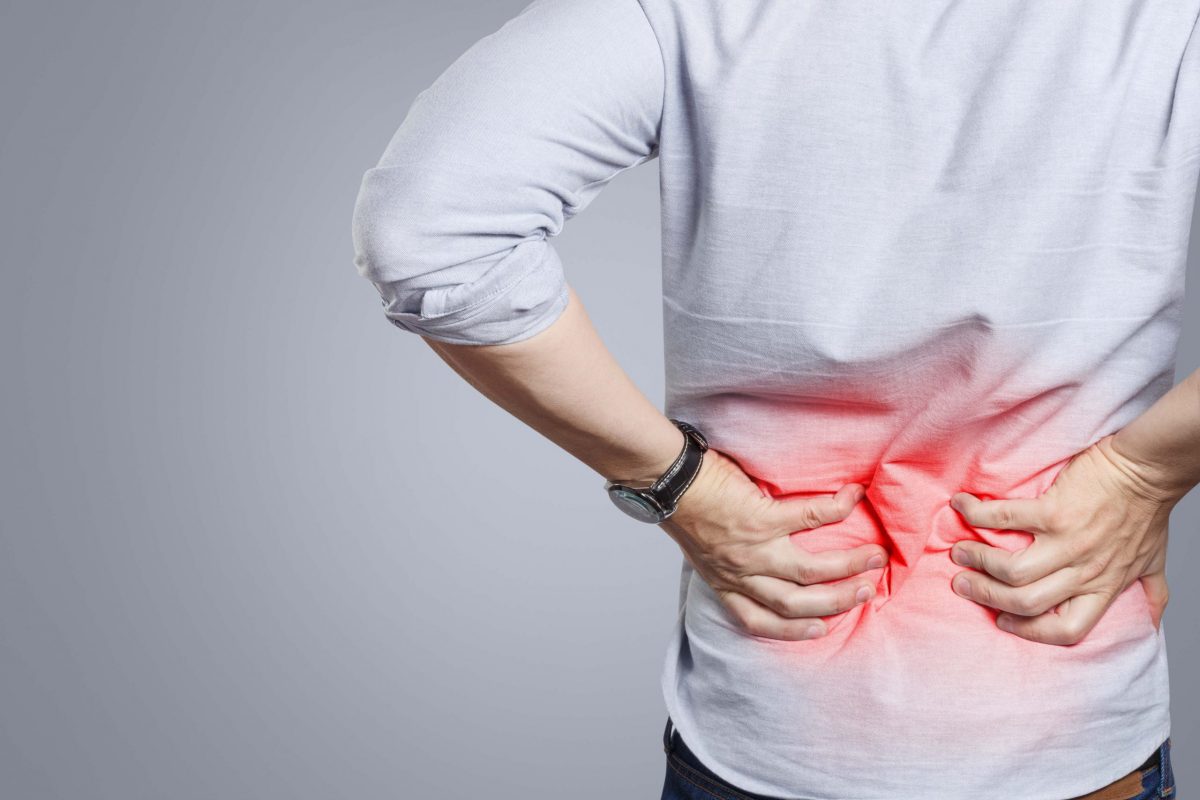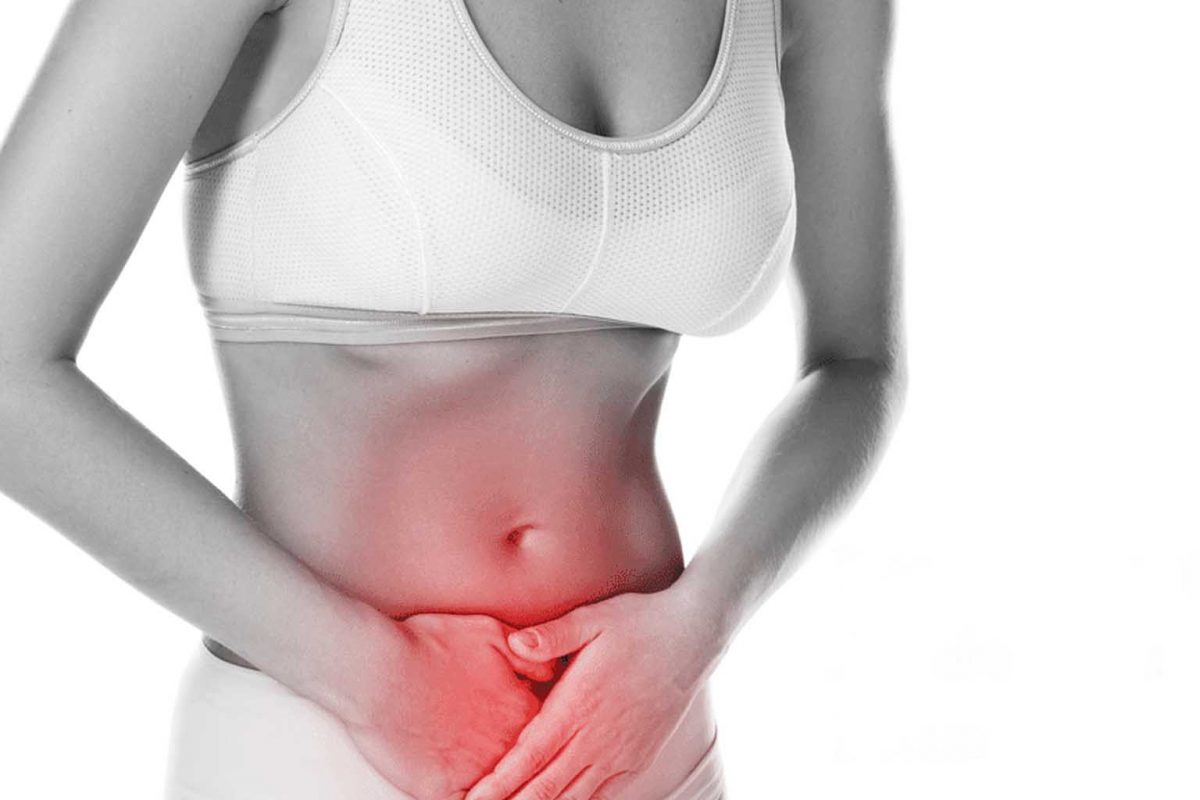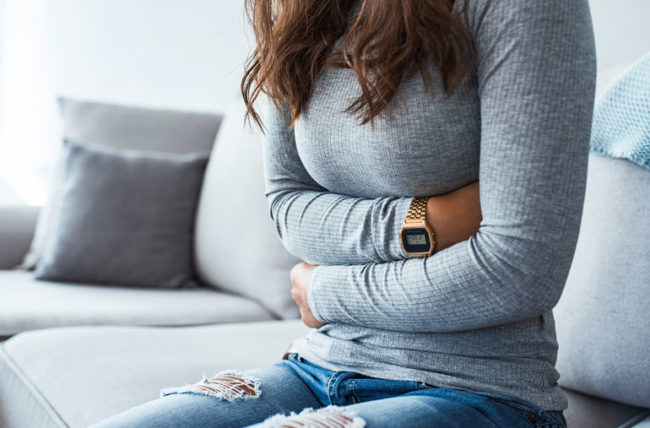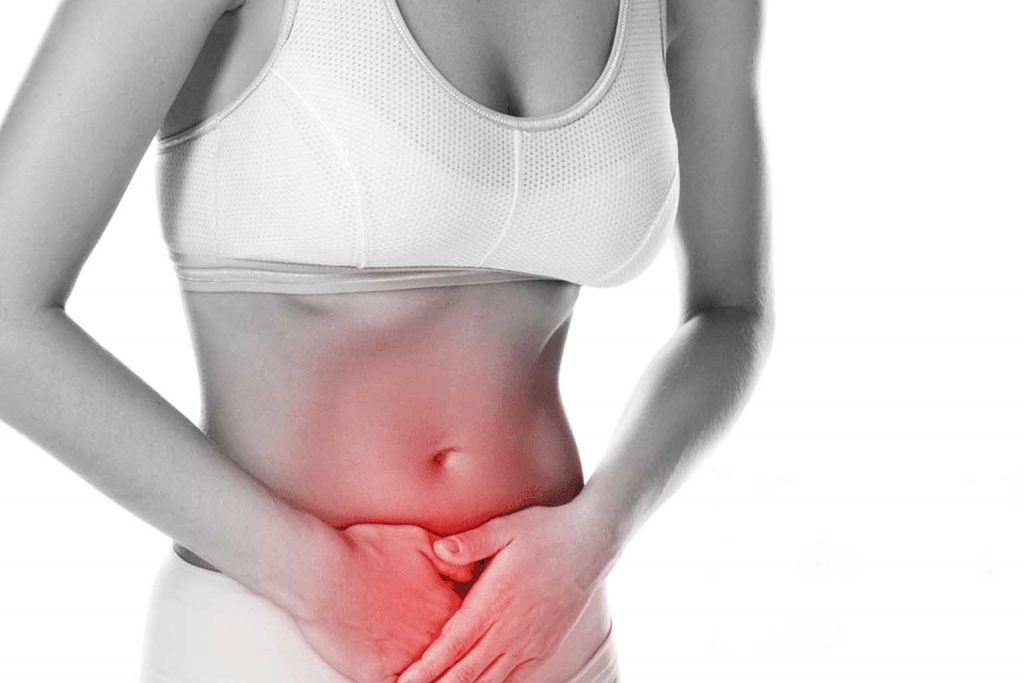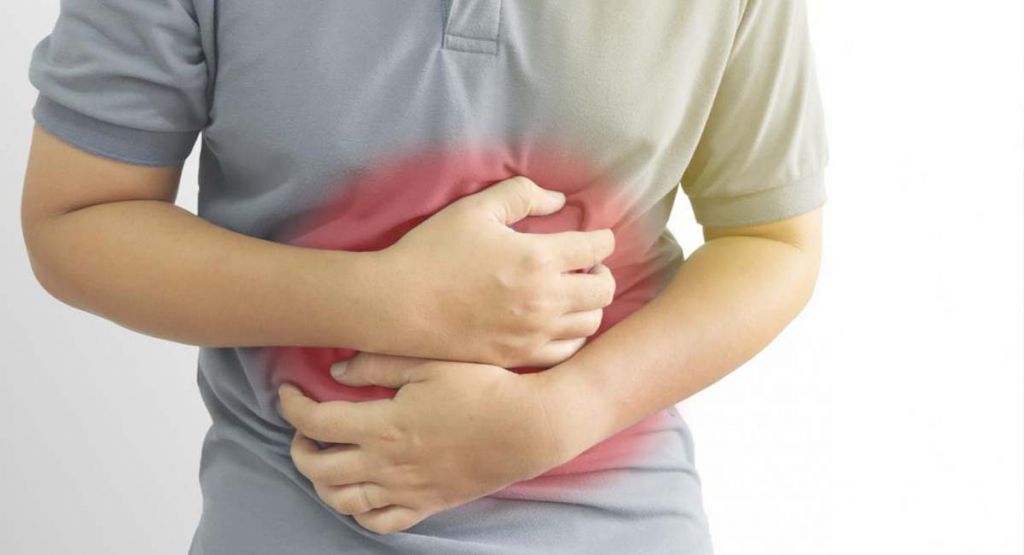Sciatica Treatment – The most common misconception people have about sciatica is that it is a disease or a disorder. In fact it’s only a symptom of another underlying disorder that is affecting the sciatic nerves – herniated or bulging discs are common culprits but so is trauma caused by an accidental injury or a number of other things that often only able to be diagnosed by a neurologist. However as many of these conditions themselves are chronic ones, the sciatic pain has to be addressed and a course of sciatica treatment prescribed or recommended.
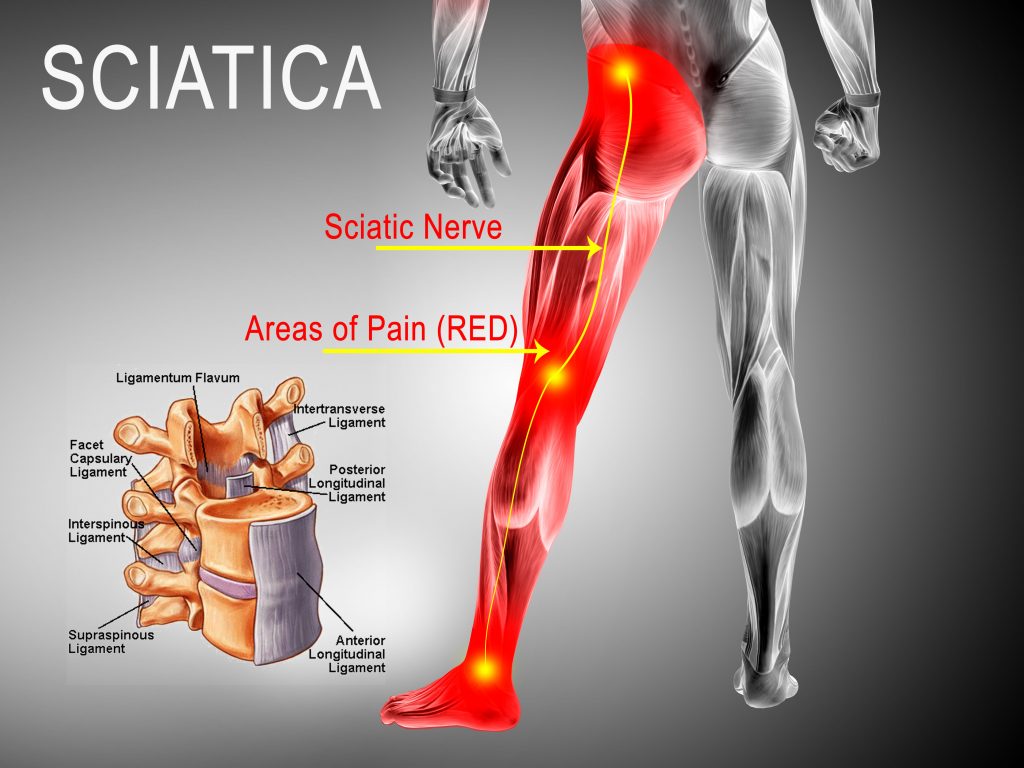
Recognizing and Sciatica Treatment at Home
Whatever the underlying cause might be the symptoms of sciatic pain are fairly recognizable. Pain that radiates from the lower back through the buttock area and down the leg are the hallmark signs of sciatic pain. It can be a sharp, stabbing pain or a dull ache and can appear quite suddenly. morrowpacific.com
There are a number of sciatica treatment exercises that you can try to provide a certain amount of immediate relief and these exercises are the most common form of treatment of sciatica at home. These exercises are not complicated, they usually consist of stretches and brisk walking but for many people these home remedies do not always help much. For some a hot or cold pack can bring at least temporary sciatic nerve pain relief but if the pain persists it is time to see a doctor to discuss more powerful treatment. www.mustangcontracting.com
Medical Treatments
Many people find that home treatments do little to help their sciatica and the pain begins to affect their daily lives, so they seek advice about sciatic nerve pain relief from their doctor. Often that treatment will involve the patient being prescribed an anti inflammatory medication that can be effective and narcotics are prescribed in severe cases, but only for a short time. Some anti depressants have also been found to be effective for some as it is believed they block pain messages from being sent to the brain.
For chronic sciatica some people also try epidural steroid shots, especially if their biggest problem is severe lower back pain, while others find that physical therapy helps as well as actually getting treatment for the underlying cause of their sciatica. For example if the sciatic nerve pain is being caused by a herniated disc, surgery can often solve the problem permanently.
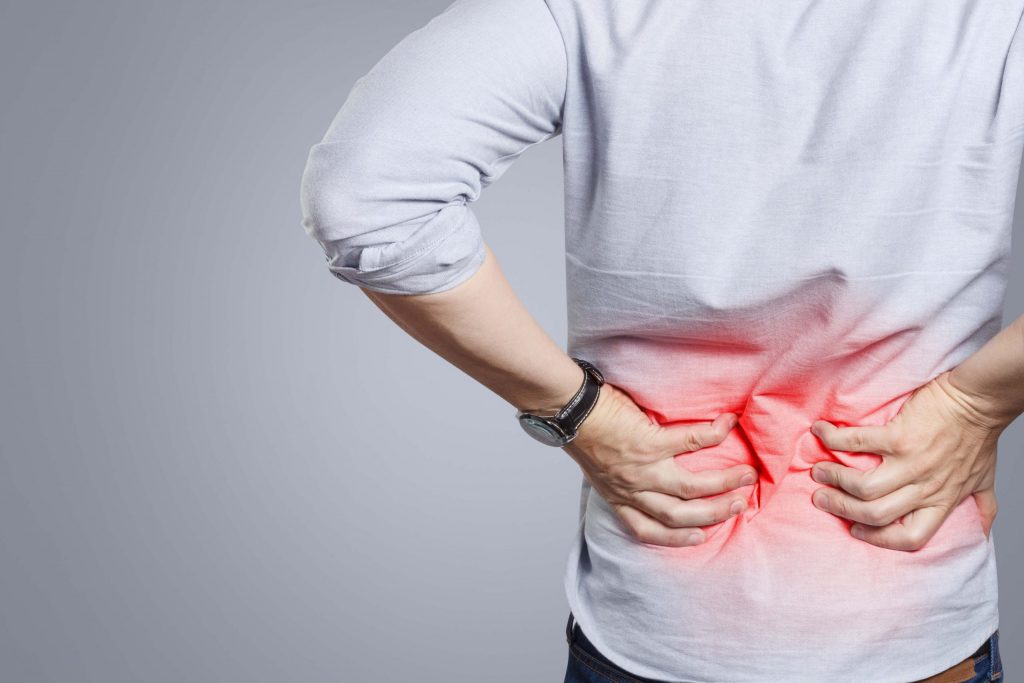
Risk Factors
Although sciatica can affect anyone there are certain risk factors that can make a persons’ likelihood of developing it much higher. Those who sit for a long time – office workers for example- or those who have jobs that require a lot of heavy lifting are more likely to suffer from this symptoms and the older you get the higher the risk of developing sciatica and sciatic nerve pain as the discs in your back naturally degrade as you age.
